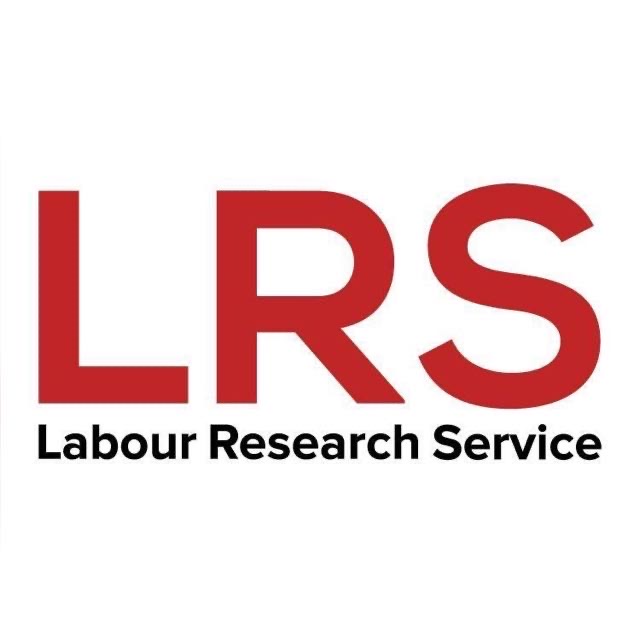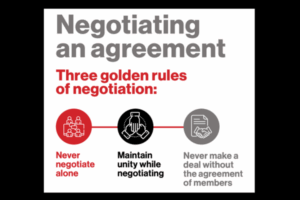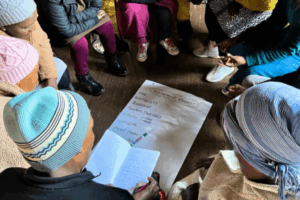A worker that has been recruited
Head level – Thinking
• Understands the story of the union and the rights the union has won in her workplace
• Understands what the union is able to offer her
• Understands what her rights and responsibilities are as a union member
Heart level – Feeling
• Has shared her fears, needs and aspirations with the union
• Feels valued as a person and worker
• Feels she has been giving the opportunity to exercise choice
• Feels that she will be able to learn and grow
• Feels that she is joining a collective that she can actively participate in and that will protect her
Feet level – Doing
• Is willing to participate in democratic processes
• Is willing to articulate her needs
• Is willing to support fellow workers
• Is willing to contribute financially to sustain the union
A worker that has been organised into a trade union
A worker that has been organised into a trade union
Head level – Thinking
• Know her rights and the responsibilities of the employer
• Knows the contents of the most recent collective agreement
• Knows the power and responsibility of the trade union
Heart level – Feeling
• Feels a sense of belonging
• Feels protected from being exploited by the employer
• Feels confident to engage in discussion
• Feels part of a collective voice
Feet level – Doing
• Participates in union activities
• Initiates discussions when necessary with the union
• Participates in the collecting of demands and the organising and mobilising around collective bargaining
Print this article (PDF)
This article is from The Negotiator’s Guide – A guide for negotiating in a changing workplace
What have we learned about trade union organising in changing workplaces?








